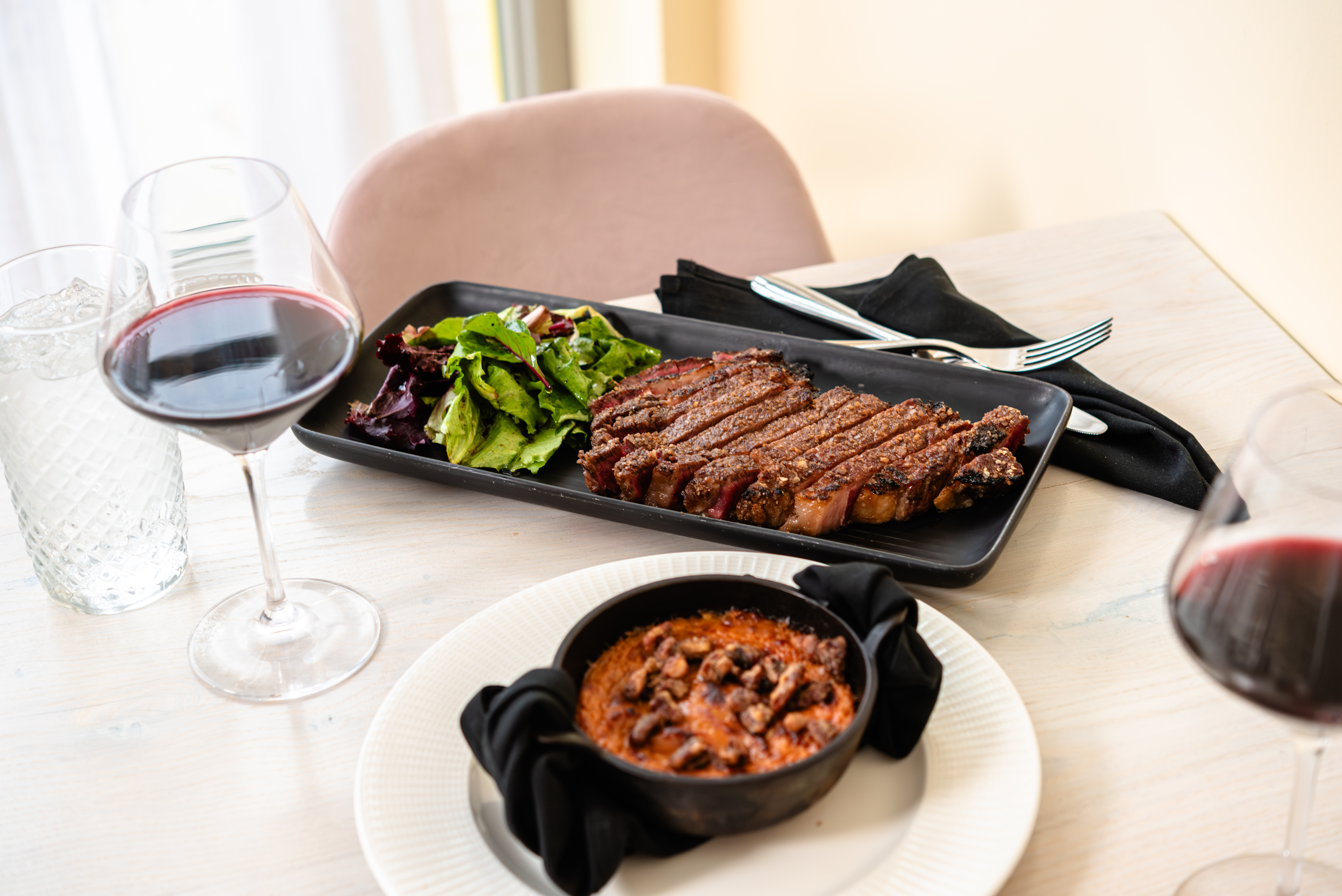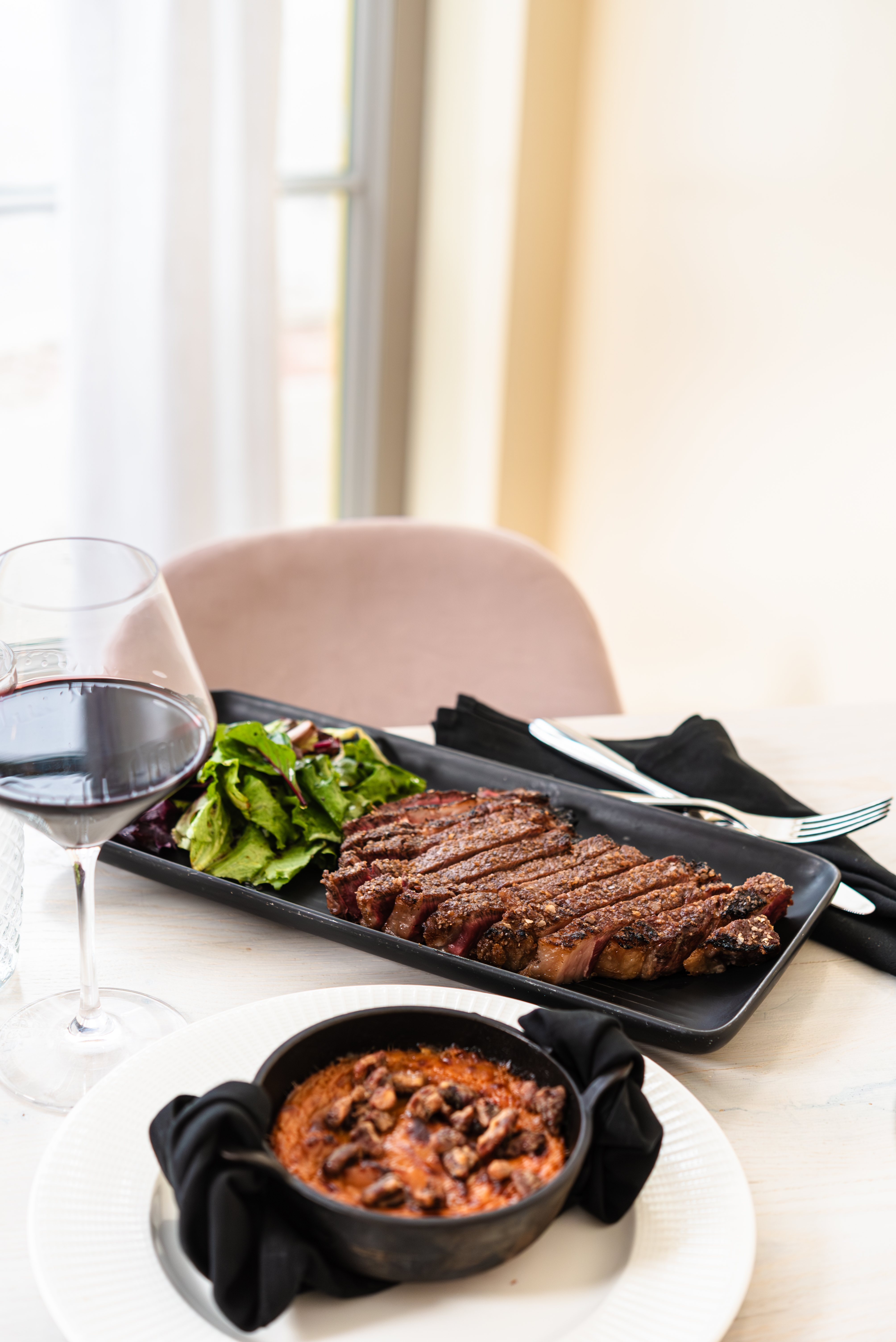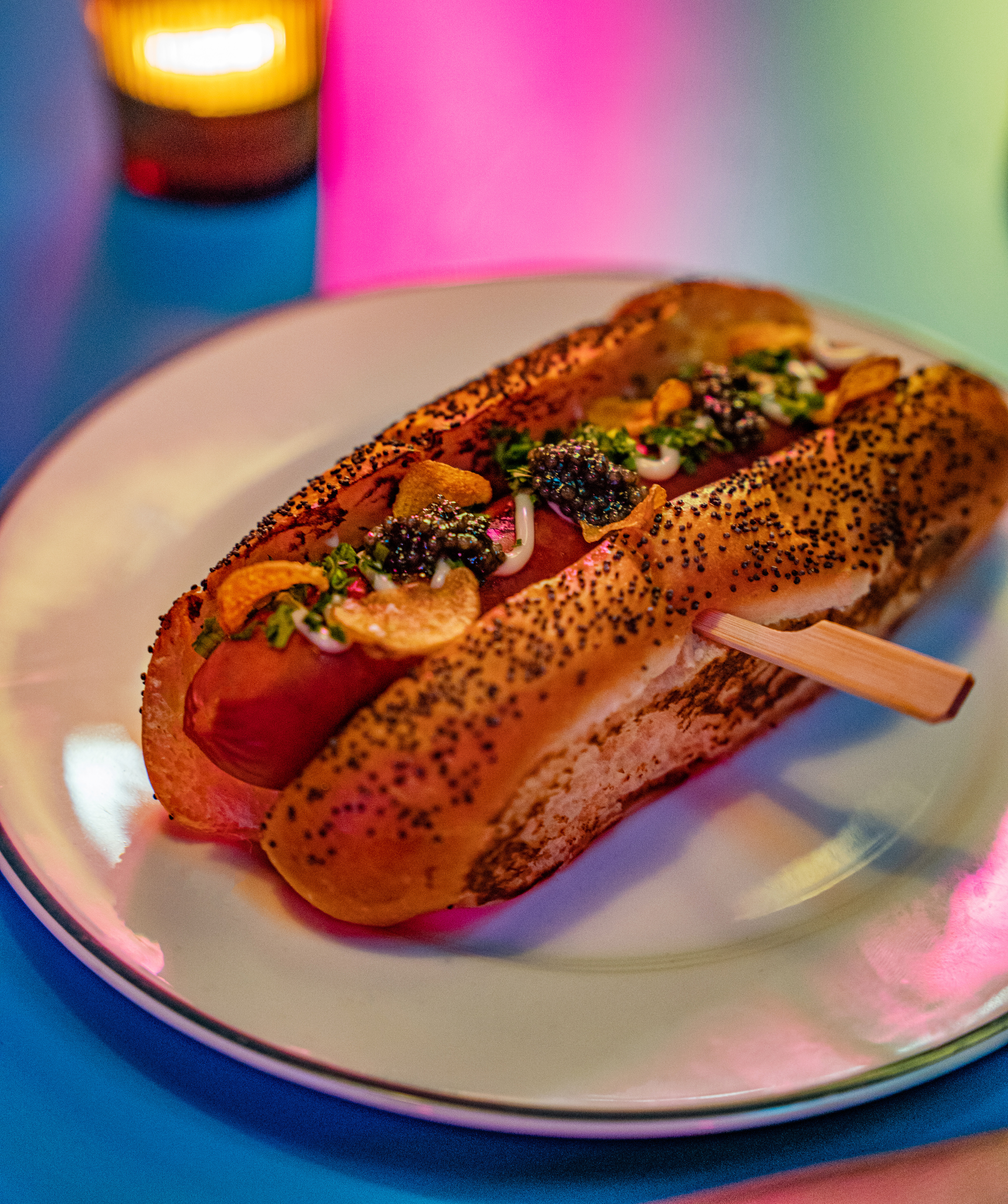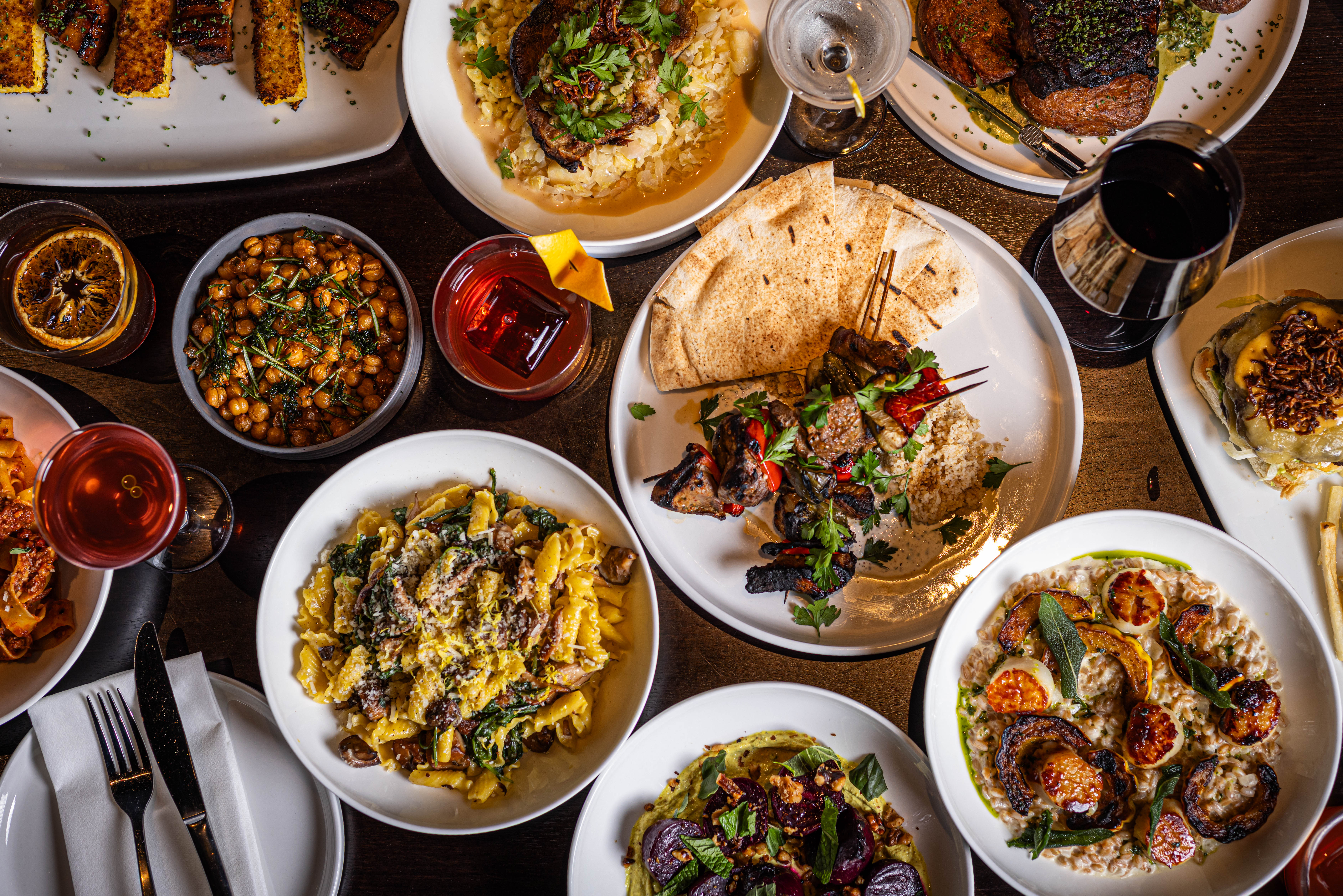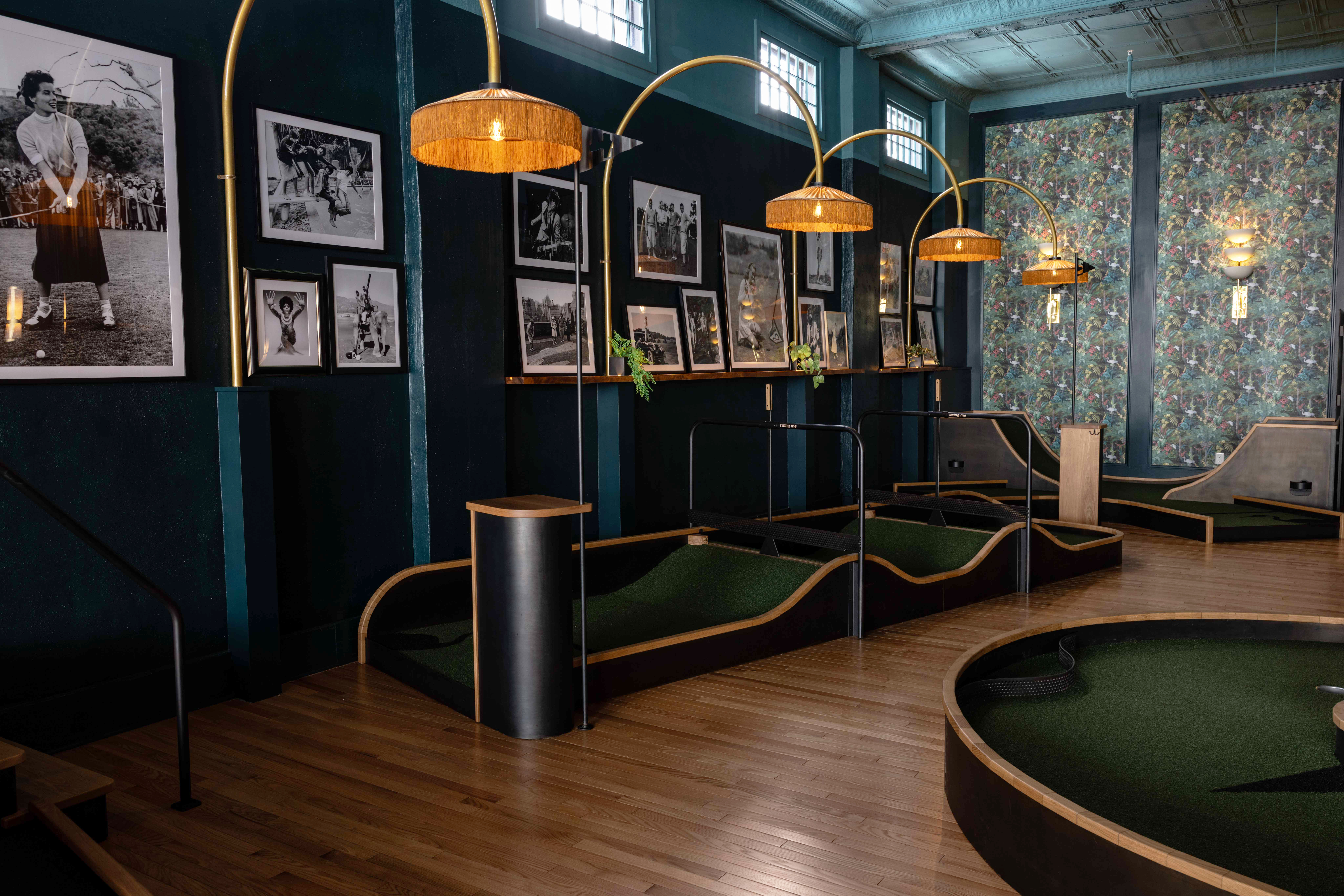Market Values: Looking Back
by Amber Matheson, Erick Trickey, Kim Schneider, Natalie Trusso Cafarello | Oct. 20, 2012 | 4:00 AM
1908
Cornerstone of hope
Cleveland's flag, gathered up like a theater curtain, hung on the unfinished brick wall. Derby-hatted dignitaries assembled below it to lay the cornerstone for the new West Side Market on Nov. 10, 1908. But Cleveland Mayor Tom L. Johnson was missing.
Instead, Vice Mayor Charles Lapp laid the time capsule — a copper box containing the town's newspapers and City Hall's annual report — inside the stone. The mayor also missed the celebratory banquet that night, where he was to give a speech titled City Markets: A Civic Necessity. Johnson was busy testifying in federal court, defending his 3-cent streetcar-fare plan against a ferocious lawsuit.
The scheduling conflict typified Johnson's eight years as mayor. He was a builder, with a vision of Cleveland as a "city on a hill," a beautiful, humane community led by a municipal government that worked to improve residents' quality of life. But he spent most of his time fighting for fairer taxation and city ownership of all utilities, from electrical plants to streetcars.
Johnson had launched the market project in 1901, his first year in office, and shepherded it through funding disputes, land negotiations and lawsuits. He'd approved its design, including the brick-and-granite façade and the 137-foot tower. The market house fit his vision of a better city.
In an era when sanitation could be a matter of life or death, the new market would have glazed brick stands, glass counters and tile floors with gutters to catch wash water.
Cheap rents would keep food prices low. The market house's beauty — the brick tower, the arched ceiling's herringbone-patterned Guastavino tile — was meant to inspire community pride and virtue.
But in the 1909 election, when Johnson's supporters distributed a 49-point pamphlet naming his accomplishments, the unfinished market didn't even make the list. The public, weary of political wars over streetcars, voted Johnson out. He died in 1911, at age 56.
Yet today, Johnson is considered Cleveland's greatest mayor, with a statue on Public Square. If he could look down from the West Side Market's second-floor balcony, he'd recognize a place true to his ideals: an oasis of plenty amid a poor city's food deserts, a place where Clevelanders of all kinds shop and mingle, with an architectural beauty that still inspires civic pride.
1928
Holiday Hens
Ducks, geese, turkeys, chickens — you could buy just about any kind of fowl at the stands outside the West Side Market in 1928. Vendors would wrap them in paper to immobilize their wings and shoppers would tote them home, their clucks and squawks resounding in the streetcars. Slaughtering a bird in the backyard was pretty normal then.
The hen on the scale surely became a Christmas dinner. It was sold on Saturday,
Dec. 22, the biggest shopping day of 1928. Cleveland seemed abundant with holiday spirit: jam-packed trains leaving for Chicago and New York, sidewalks and stores crammed with gift hunters, kids pouring through the doors of the Hotel Statler eating popcorn balls. "Plenty makes it Merry Christmas," read the headline below this Dec. 23 Plain Dealer photo. It was the last holiday season before the Great Depression.
1945
Good & Plenty
Phil Kaufman's market stand was brimming with choice steaks, yet customers could walk right up. Cash was all someone needed to take home a thick roast. That seemed extraordinary on Monday, Nov. 26, 1945, three days after the government declared an end to wartime rationing of meat, butter and fat. For the first time in 2½ years, Americans could buy as much beef as they could afford, without handing over a ration stamp.
Scarcity had come to the West Side Market in 1943, when the government had imposed controls on the nation's food supply and directed much of it to American troops fighting in North Africa and the Pacific. On the last market day before meat and cheese rationing began, one butcher sold out 700 pounds of meat early in the day, while a cheese dealer said customers were buying four to 15 times as much as usual.
The meat regulations were lifted three months after World War II ended and two days after Thanksgiving. The government figured a run on the meat supply was unlikely when families' freezers were filled with turkey.
1959
fashion place
"Marketing doesn't call for pin curls half concealed by an unsightly scarf," chirped a Cleveland Press writer on May 20, 1959, "or an old dress that should have been made into dust cloths long ago."
The West Side Market was built for shoppers traveling by streetcar and foot, and its aisles were once filled with babushka-wearing housewives. But by the late '50s, it attracted suburbanites arriving by car. So a model sporting the latest diamond-checked blouse-and-skirt combo from Halle's department store looked only slightly out of place among the Lorain Avenue sidewalk produce stands. The scowling, scarf-clad older woman behind her only added to the contrast.
Since the market's opening, outdoor stands had lined Lorain and stretched two blocks south along West 25th Street. The city leased sidewalk space to produce, egg and flower vendors, who wheeled their carts into place on market days and hoped they'd someday graduate to the covered produce arcade. But as grocery store competition increased, the outdoor stands dwindled. By the '70s, they were gone.
Trending
-
1
-
2
-
3
-
4
-
5





